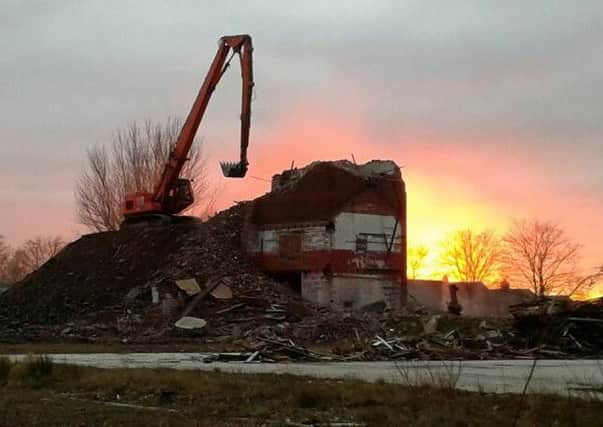Mystery surrounds future of controversial ex-mill site


Demolition of Wesley Street Mill in Bamber Bridge started in June 2013 after South Ribble Council gave outline permission to build up to 200 homes on the site.
After delays over the siting of a phone mast, the flattening work was completed in February 2015 – but more than a year on, there appears to have been little other progress.
Advertisement
Hide AdAdvertisement
Hide AdResidents have complained the area looks like “a bomb site” and have questioned when work will begin.
But a spokesman for Excelsior Properties, listed as agents for Isle of Man-based owners Gorrie Ltd, said they would not comment.
The Save Wesley Street Mill campaign group tried to stop the demolition of the 100-year-old building last year.
A spokesman for the group said: “They were quick enough to demolish it just as the campaign to save it was gaining some powerful allies.
Advertisement
Hide AdAdvertisement
Hide Ad“Meanwhile local residents are living with a view that resembles a bomb site.”
An extension to the original planning permission has been granted, meaning that Gorrie Ltd now has until next summer to submit a reserved matters planning application for the homes. After this, the outline permission will expire.
South Ribble Council bought the adjacent Mackenzie Arms pub site for £500,000 in 2012 to help facilitate redevelopment of the former mill site.
A council spokesman said that it still waiting for a further application to be made and as such, there has been “no change” in the situation as far as officers are concerned.
Advertisement
Hide AdAdvertisement
Hide AdThe Bamber Bridge Spinning & Weaving Company mill in Wesley Street opened in 1907 and closed in 1959.
Housing 135,000 spindles it was one of the largest in Preston, at a time when the city’s industry was dominated by mills and the cotton trade.